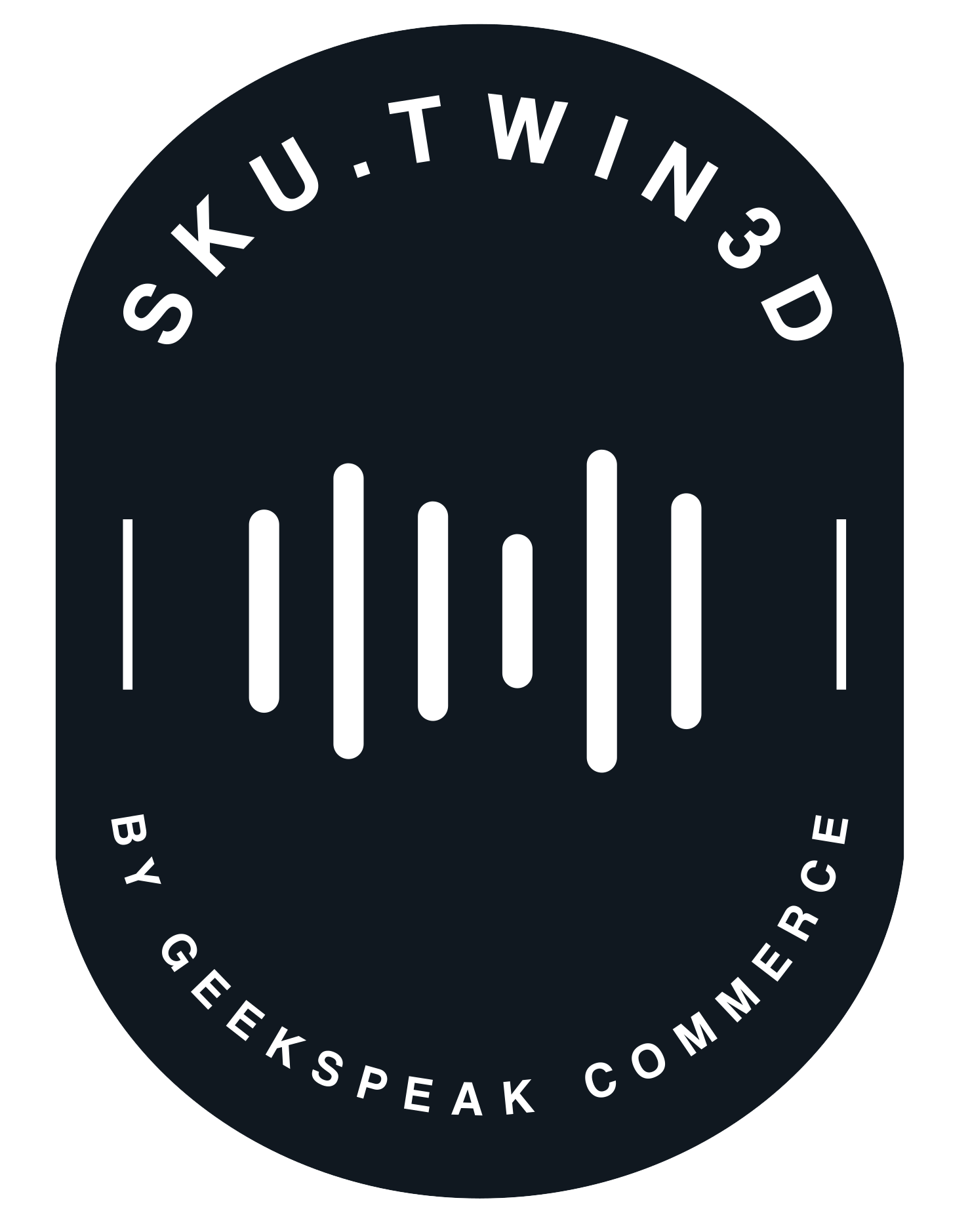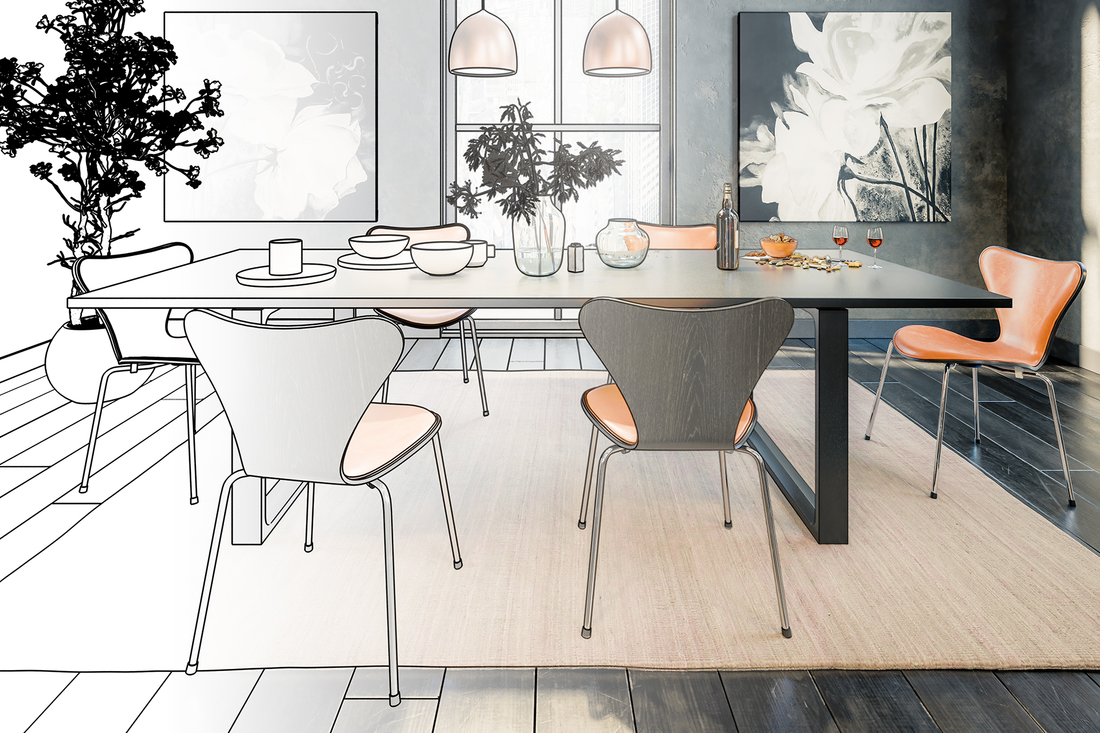In ecommerce, customer expectations are constantly rising. The competition is no longer just about price or delivery speeds. Today, it's about delivering a unique, immersive experience. Enter 3D visualization and Augmented Reality (AR). These technologies are not just about improving the purchase process; they're also significantly impacting customer retention. Here's a look into how they're making this impact.
1. Enhanced Product Interaction Boosts Confidence:
One of the significant challenges in e-commerce has been the inability of customers to physically see or feel products before purchasing. 3D visualization and AR allow users to interact with products, rotating them, zooming in, or even visualizing them in their own space (e.g., furniture in their own living room). This immersive experience builds a deeper connection and trust in the product, making customers more likely to return to the platform that offers such experiences.
2. Reducing Returns through Accurate Visual Representation:
Returns can be a significant setback for both customers and businesses. AR and 3D visualization provide a lifelike representation of products, reducing the gap between expectation and reality. When customers receive products that match their visualization, satisfaction rates soar, and return rates plummet, making them more likely to stick with retailers that offer these visualization tools.
3. Personalized Shopping Experiences:
AR apps can remember customer interactions, preferences, and purchases. Over time, these apps can use this data to offer personalized shopping experiences. For instance, if a customer often uses AR to visualize vases, the app might highlight new arrivals in vases first. Such tailored experiences make shoppers feel valued, increasing brand loyalty.
4. Making Shopping Fun and Interactive:
The gamification potential with AR is vast. Brands can create interactive 3D and AR experiences, like treasure hunts or virtual try-ons with rewards. Such experiences not only engage the user but also offer them a memorable experience, making them more likely to return.
5. Providing Post-Purchase Value:
AR doesn't stop at the purchase. For example, brands can use AR to provide assembly instructions for products or 3D visual recipes for food items. By continuing to offer value post-purchase, brands can foster a deeper connection with customers, ensuring they return.
6. Collecting Invaluable Feedback:
The interactive nature of 3D visualization and AR means customers often provide real-time feedback, either through direct inputs or behavioral analysis. This feedback is a goldmine, allowing businesses to refine their offerings and ensuring that customers find exactly what they're looking for on subsequent visits.
7. Setting Brands Apart from the Competition:
In a crowded market, differentiation is key. Brands offering 3D visualization and AR are viewed as innovators, placing them a cut above competitors who offer only static images. This perception not only attracts first-time customers but also retains them as they recognize the brand's commitment to cutting-edge technology and superior user experience.
3D visualization and AR are not just fleeting trends; they are revolutionizing the way we shop online. For ecommerce businesses, investing in these technologies is no longer optional; it's imperative. Not just for the enhanced user experience they offer, but for the significant boost in customer retention. As the line blurs between the digital and physical shopping worlds, brands that seamlessly integrate these two realms will undoubtedly come out on top.
Read about our 3D product visualization services and what they can do for your brand here.

